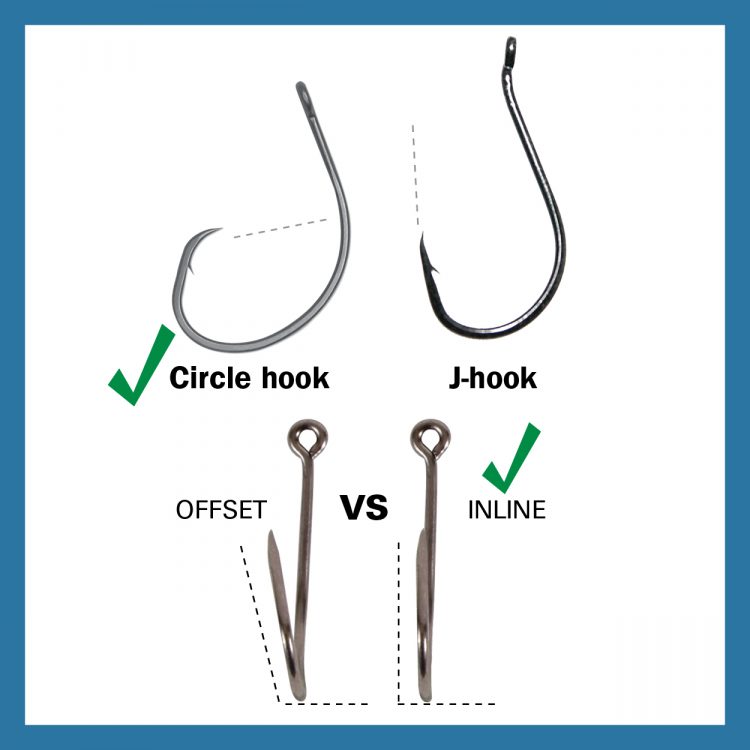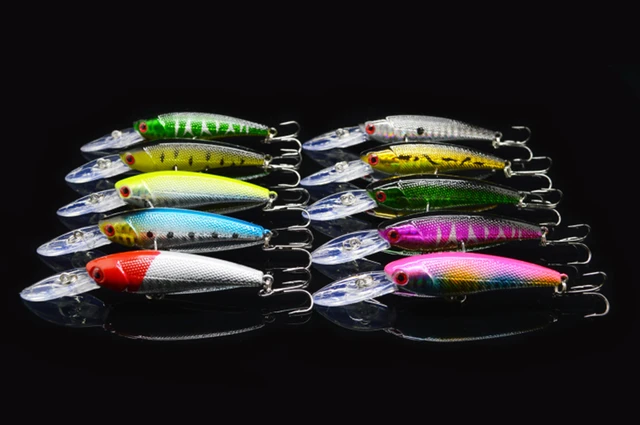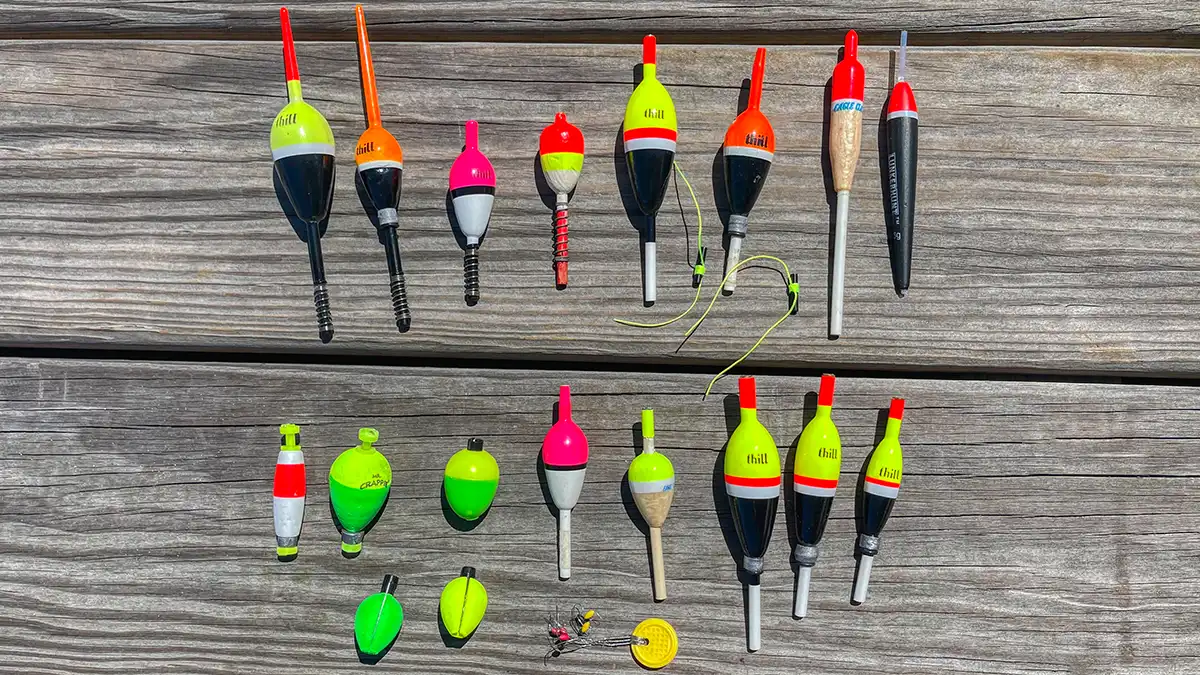Black bullhead fishing is a popular activity among anglers due to the fish’s resilience and the challenge they present. A well-thought-out equipment setup can make a significant difference in your fishing experience. Here, we delve into the specifics of the necessary equipment, explaining why each piece is crucial and how it contributes to a successful black bullhead fishing trip.
Rod and Reel Selection
Rod Types: For black bullhead fishing, a light to medium action rod is ideal. The length should be between 6 to 7 feet, which provides the sensitivity needed to detect the subtle bites characteristic of bullheads. Light action rods are particularly recommended because they allow anglers to feel even the slightest nibble, which is crucial since bullheads often bite gently.
- Reason for Choice: The light to medium action rods offer a balance between sensitivity and strength, making it easier to detect bites and handle the fish once hooked.

Reel Types: A spinning reel is most recommended for black bullhead fishing due to its versatility and ease of use. Spinning reels provide smooth drag systems, which are important when fighting a bullhead. Baitcasting reels can be used but are generally more suited to experienced anglers due to their complexity and higher learning curve.
- Reason for Choice: Spinning reels are user-friendly, especially for beginners, and provide a smooth drag essential for managing bullheads.
Line Choices
Fishing Line Types: Monofilament line is the most popular choice for bullhead fishing because of its stretch and abrasion resistance. A line strength of 8 to 12 pounds is generally adequate for black bullheads. This range provides the durability needed to handle the fish and any underwater obstructions. Braided lines are also an option, offering higher sensitivity and strength, particularly useful in heavy cover areas where bullheads might hide.
- Reason for Choice: Monofilament line offers a good balance of strength and stretch, making it ideal for handling the resilient nature of bullheads.
Hooks and Rigs
Hook Selection: Circle hooks and J-hooks are effective for black bullhead fishing. Circle hooks are advantageous because they tend to hook the fish in the corner of the mouth, making catch and release easier and reducing the risk of deep hooking. Sizes 4 to 6 are typically suitable for bullheads. J-hooks are another excellent choice, offering a more traditional hooking method and being effective for a variety of baits.
- Reason for Choice: Circle hooks reduce the likelihood of gut hooking the fish, making them more sustainable for catch-and-release fishing.

Rig Setup: Two common rigs for bullhead fishing are the Carolina rig and the slip sinker rig. The Carolina rig consists of a sliding sinker above a swivel, with a leader and hook attached. This setup allows the bait to move freely, attracting more bullheads. The slip sinker rig uses a similar principle but features a slip sinker that lets the line move through it, providing a more natural bait presentation.
- Reason for Choice: Both rigs allow the bait to move naturally, which can be more enticing to bullheads.
Bait Options
Live Bait: Live bait is highly effective for black bullhead. Common choices include worms, minnows, and small crayfish. Worms, particularly nightcrawlers, are easy to obtain and very effective. Hooking the bait through the head or tail allows it to move naturally in the water, making it more attractive to bullheads.
- Reason for Choice: Live bait mimics the natural prey of bullheads, increasing the likelihood of a successful catch.
Artificial Bait: Although live bait is preferred, artificial baits like small soft plastics and dough baits can also work well. These baits often come pre-scented, which can attract bullheads from a distance. When using artificial baits, it’s important to mimic the natural movement of live prey to entice the fish.
- Reason for Choice: Artificial baits are convenient and can be just as effective if used properly, providing options for anglers who prefer not to use live bait.

Additional Gear
Sinkers and Weights: Sinkers such as split shot and egg sinkers are commonly used in bullhead fishing. Split shot sinkers are easy to attach and adjust, making them ideal for different water conditions. Egg sinkers are often used in rigs like the Carolina rig, allowing the bait to move more naturally. The choice of sinker weight depends on the water depth and current, with heavier weights needed in deeper or faster-moving waters.
- Reason for Choice: Properly weighted sinkers help maintain the bait’s position and make it more attractive to bullheads.
Floatation Devices: Bobbers and floats are useful for keeping the bait at a specific depth and detecting bites. Using a slip bobber allows for easy adjustment of the bait’s depth, which is crucial in finding where the bullheads are feeding. The movement of the bobber also signals when a fish is biting, making it easier to set the hook at the right moment.
- Reason for Choice: Floats help maintain the desired depth and provide visual cues for bites, increasing the chances of a successful catch.

Having the right equipment setup is essential for successful black bullhead fishing. By selecting the appropriate equipments, anglers can greatly improve their chances of landing these resilient fish. Experimenting with different setups and adapting to the fishing conditions will lead to more rewarding and enjoyable fishing experiences.

Robert Smith is the proud owner of Bait Barrels and Bows, a premier fishing sports store established in 1989. With over three decades of experience in the industry, Robert has honed his skills to become an expert angler, sharing his vast knowledge and passion for fishing with enthusiasts around the world. Through his store and writings, Robert provides invaluable tips and guidance, helping both novice and seasoned anglers improve their techniques and enjoy the sport to its fullest. His commitment to the fishing community is evident in his dedication to quality products and excellent customer service.

